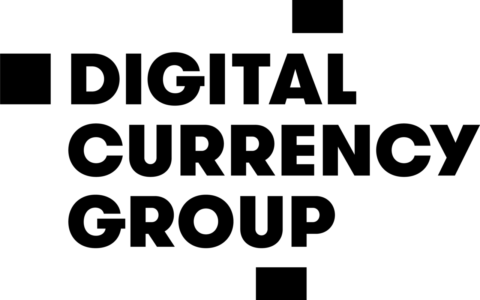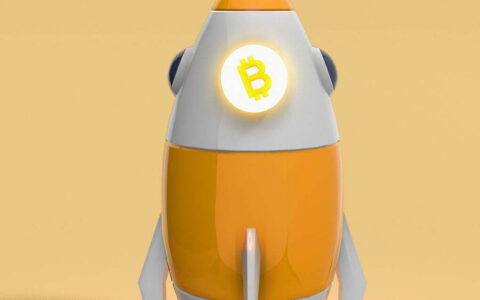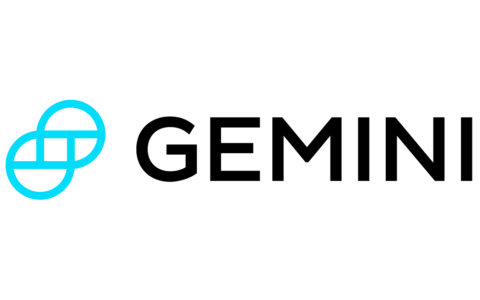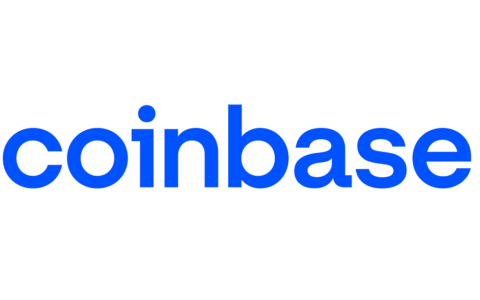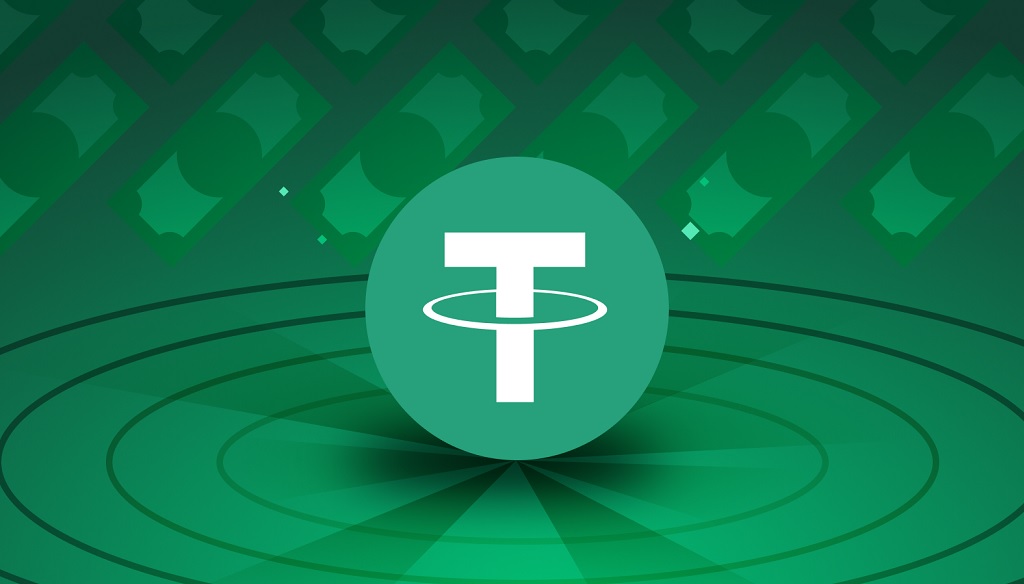
Introduction
Tether (USDT) is a popular stablecoin in the world of cryptocurrencies, offering a stable value pegged to the U.S. dollar (USD). It has gained significant attention and usage over the years as a means of providing stability in the otherwise volatile crypto market. In this article, we will discuss what USDT is, its advantages, risks, and everything you need to know to use it effectively.
What is USDT?
USDT is a stablecoin, which is a type of cryptocurrency designed to maintain a stable value relative to a specific asset, typically a fiat currency like the U.S. dollar. Tether was launched in 2014 and initially operated on the Bitcoin blockchain through the Omni Layer protocol. However, it has since expanded to other blockchains, including Ethereum, Tron, and Solana.
USDT is pegged 1:1 with the U.S. dollar, meaning that for every USDT token issued, there should be an equivalent amount of USD held in reserve. This peg helps to mitigate the volatility often seen in other cryptocurrencies like Bitcoin and Ethereum.
Advantages of USDT
- Stability: USDT offers stability in the otherwise volatile cryptocurrency market. Its value remains relatively constant, making it a suitable choice for investors and traders seeking to avoid significant fluctuations in their portfolios.
- Liquidity: Due to its widespread adoption, USDT enjoys high liquidity across various exchanges. This makes it easy to buy and sell, and it’s often used as a trading pair with other cryptocurrencies.
- Cross-border transactions: USDT allows for efficient cross-border transactions without the need for traditional banking services or exchange rates. This can be particularly useful for remittances and international trade.
- Diversification: Investors can use USDT as a way to diversify their portfolios, providing a relatively stable asset in contrast to more volatile cryptocurrencies.
- Lower fees: USDT transactions often have lower fees compared to traditional bank transfers or other cryptocurrencies, making it a cost-effective choice for moving funds.
Risks Associated with USDT
- Centralization: Unlike decentralized cryptocurrencies like Bitcoin, USDT’s value is backed by a centralized company, Tether Limited. This means that the stability of the token relies on the company’s ability to maintain its reserves and accurately report them.
- Regulatory scrutiny: As a stablecoin, USDT has attracted the attention of regulatory authorities worldwide. This has led to concerns about potential future regulatory actions that could impact its use and value.
- Counterparty risk: Since USDT is backed by USD held in reserve, users are exposed to counterparty risk, meaning that if Tether Limited were to face insolvency or mismanage its reserves, the value of USDT could be jeopardized.
- Blockchain-specific risks: As USDT operates on multiple blockchains, users should be aware of the risks associated with each blockchain, such as network congestion, security vulnerabilities, and potential smart contract exploits.
How to Use USDT
- Purchase USDT: To get started with USDT, you can purchase it on various cryptocurrency exchanges using fiat currency or other cryptocurrencies. It’s essential to verify the exchange’s reputation and security measures before proceeding.
- Store USDT: Once you’ve acquired USDT, you can store it in a compatible wallet. Many wallets support USDT, including hardware wallets like Ledger and Trezor, and software wallets like MetaMask and Trust Wallet.
- Use USDT for trading: USDT can be used as a base currency for trading other cryptocurrencies. It’s especially helpful for risk-averse traders or those looking to preserve their capital during periods of market volatility.
- Make transactions: You can use SDT to make transactions and payments, both online and in-person, with merchants and service providers that accept it. Due to its stable value, USDT is increasingly being adopted as a payment method.
- Convert USDT back to fiat: If you want to cash out your USDT, you can convert it back to your local fiat currency on most major cryptocurrency exchanges. Once converted, you can then withdraw the funds to your bank account.
Conclusion
USDT offers stability and liquidity in the volatile world of cryptocurrencies, making it an attractive option for traders, investors, and those seeking to make cross-border transactions. While there are inherent risks associated with the use of USDT, understanding these risks and taking necessary precautions can help users benefit from the advantages it provides. As with any financial asset, it’s essential to do thorough research and understand the workings of USDT before incorporating it into your financial strategy.
Author:Com21.com,This article is an original creation by Com21.com. If you wish to repost or share, please include an attribution to the source and provide a link to the original article.Post Link:https://www.com21.com/tether-usdt-guide.html

